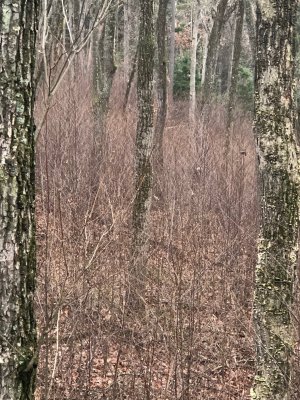The foresters know what to do, as they don't want bad reviews = less future work. Just be sure the forester is a licensed, certified forester. Check their credentials & education.
As for black birch - it's a natural, native species that loves north slopes. When we did logging at our camp, several foresters told us that we'd get lots of black birch popping on our north slope after logging. They were right. We had deer browse it some - but not a favorite. But the young birch came in thick, and deer used the cover for bedding and security when travelling the skid trails (switchbacks) the loggers made. (Our camp is in NC Pa. mountains.)
North slopes will become home to tree species that like north slopes. Expecting to get a batch of oaks growing on a north slope will be a disappointment. Ask your forester what to expect for native tree species after logging - in any area - north slope, south slope, ridge top, etc. I had a state forester in the family, so I learned a lot from him. One of the things he told me was certain trees will do well in areas where they appear naturally ........ and they won't do well where they do not appear naturally. Basically - don't go to war with nature. Ask your forester(s) a batch of questions - they'll be happy to answer them.


